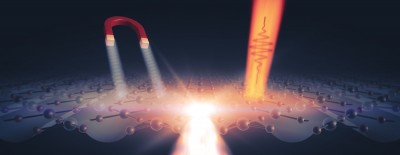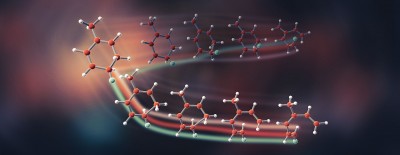Mysterious soil virus gene seen for first time
SLAC National Accelerator LaboratoryUntil now, scientists have wondered whether some AMG proteins play a role in critical soil processes, like carbon cycling. To find out more about soil AMGs, researchers determined the atomic structure of a protein that is expressed by a particular AMG.
























b.png&width=400&height=400)








